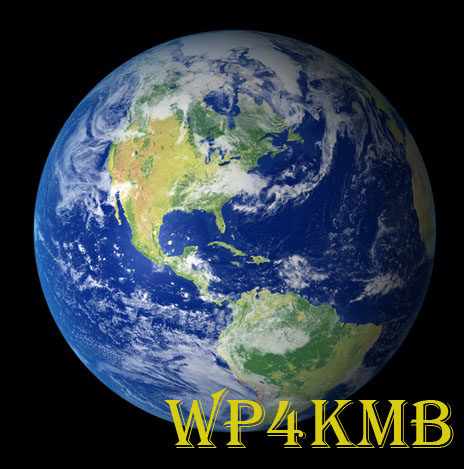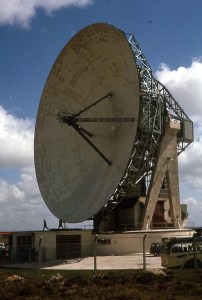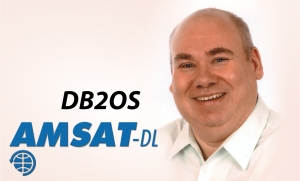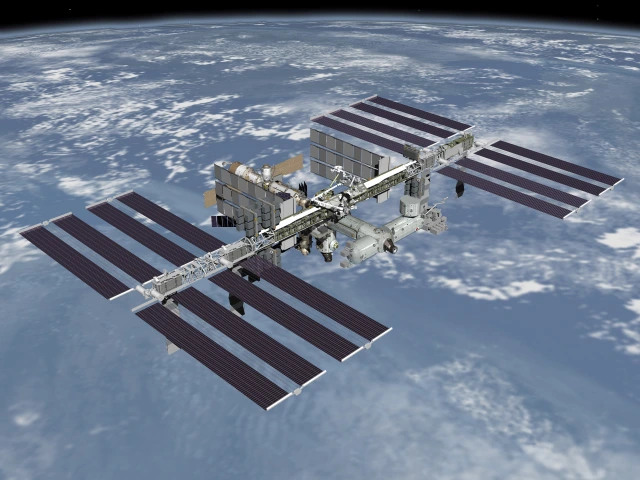Register Now for Online AMSAT-UK Space Colloquium – Open To All
Register Now for Online AMSAT-UK Space Colloquium – Open To All
The Online AMSAT-UK Convention takes place on Sunday, October 11, from 11am BST (10:00 GMT) to approximately 5pm, with a break for lunch, and several short breaks during the day. You don’t have to be a member of AMSAT-UK to participate, and the event is free of charge but please register ASAP.
Those who are registered will be entered for a number of free raffles which will take place during the event.
Among the many talks and demonstrations during the day are:
1100 BST (1000 GMT) Official opening by Martin Sweeting G3YJO
1105-1125 Amateur Radio on the International Space Station (ARISS) Update by Ciaran Morgan M0XTD
1135-1200 Decoding Mars spacecraft – Bits and pieces you can learn from spacecraft telemetry by Daniel Estévez EA4GPZ
1210-1230 Tevel FM transponder satellite constellation by David Greenberg 4X1DG
1240-1300 LUNART – A Lunar Amateur Radio Transponder Project by Peter Gülzow DB2OS
1400-1420 FUNcube next, to boldly go… creating an open platform in space by Phil Ashby M6IPX
1430-1450 QO-100 Demonstration by Mike Willis G0MJW
1500-1520 Getting Goonhilly’s 32m antenna ready to support ESA missions by Matt Cosby Director of Space Engineering at Goonhilly Earth Station Ltd
1530-1550 AMSAT North America Engineering Update by Jerry Buxton N0JY
1600-1620 LEO Sat demonstration by Drew Glasbrenner KO4MA
Please register online at http://tinyurl.com/amsatukreg2020
Draft schedule of the day’s events
https://ukamsat.files.wordpress.com/2020/09/amsat-colloquium-020-program-ver-1.pdf
AMSAT-UK Colloquium Page https://amsat-uk.org/colloquium/
m5aka
AMSAT-UK
Powered by WPeMatico








